When discussing what we will miss most on the Pacific Crest Trail, we both agreed that a proper bed and good food will be greatly missed. We both love great food and enjoy eating out. We both also enjoy cooking, so have a really varied diet and always use fresh products. On the trail we will be somewhat limited to what we can get hold of, what will last without refrigeration and what is calorie dense. So that’s little fresh fruit and veg, no juicy steaks (Although I am looking forward to tasting US steaks in the towns!) and no fresh milk!
We still want to eat as well as possible though, and to do so we need a good cooking and food system. The first thing we considered is what stove to get. There are a whole host of stove options out there, from white gas to petrol. But the option we decided one is an alcohol based stove. These are easy to find fuel for, as you can use Methylated Spirits or De-icer readily available in petrol stations. Alcohol also doesn’t have the risk of the stove flaring and potentially burning our tent down! After loking at the various alcohol stove options,we decided on a Caldera Cone Ti-Tri Sidewinder.
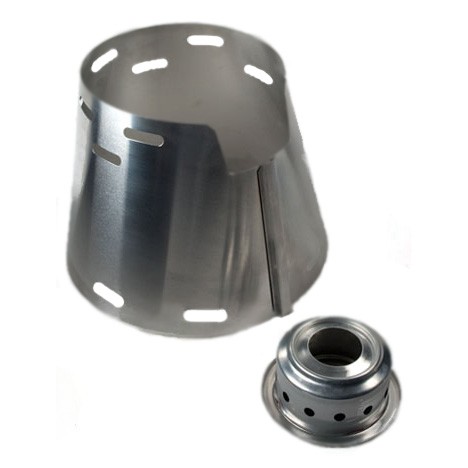
This ultra light stove setup is made by the US company Traildesigns, and is very popular with long distance hikers. It isn’t’ a single stove as such, but a whole system of parts that make it very adaptable and functional. It is made from Titanium, so is very strong and lightweight. The ‘sidewinder’ part of the name means that is can be folded down and fitted inside the cooking pot. The main part of the system is the cone itself. It folds down to fit into the put, but can easily be unfolded and clipped together to form both the post stand and a very effective wind shelter.
Within this you also have the ‘inferno’ cone. This is an inverted cone that sits inside the main cone, turning the stove into a very efficient wood burning stove. This is how I am hoping to use the stove most of the time, relying on small twigs and sticks to act as the fuel, reducing the weight of the fuel needing to carried. Without the ‘inferno’ cone, you also have the option of using Hexamine blocks, but this is an option we are unlikely to use due the smell and mess they make. Finally, the setup also comes with a small alcohol stove which will be our secondary option for cooking. The actual alcohol stove has been made from an old Coke can and is ultra light, yet works really well.
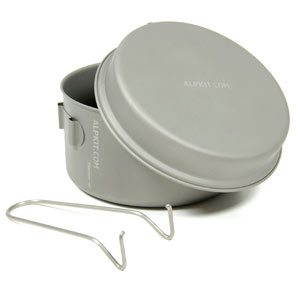
The final part of the stove setup is the cook pot. We decided to go with the Alpkit Mytipot. This is a 1.3 litre titanium pot that should be large enough to cook food for the both of us at the same time. Being titanium, it is more durable than aluminium pots, but also it doesn’t run the risk of poisoning you like continuous use of aluminium pots can. Because the Caldra Cone has to fit the pot, our setup has been specifically designed to fit this 1.3 litre Alpkit pot. The pot also comes with a titanium lid, that can double up as a small frying pan. We aren’t likely to use it for this purpose due to the effort of cleaning a greasy pan afterwards, but it is nice to have the option. Overall the pot is very nicely made, but the one part that I don’t like is the handle. It is a removable wire type handle that seems almost to be an afterthought. It is quite fiddly to add and remove and I am not convinced how long it will last. Depending on how much it annoys me, I may modify it to be permanently attached but swing out of the way when not in use.
To light the stove or fire to cook over, we will be bringing the easy to use mini bic lighters. These are reliable, easy to use if you have cold hands and light weight.
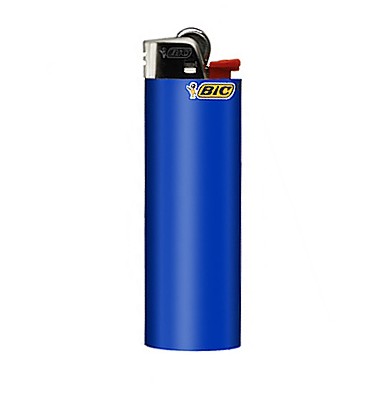
But if the lighter goes wrong, we need a backup fire lighting source. This is a safety measure more than anything. If we ended up wet and cold, and unable to light a fire, we could develop hypothermia which can potentially be fatal. This is an unlikely scenario, but one that is serious enough to consider an alternative way of starting fires. For this I will be bringing a Swedish fire steel. This works by scraping the steel against the ‘flint’, causing a shower of hot sparks. Add this to some flammable tinder, such as cotton wool soaked in Vaseline and it will soon burst into flames.
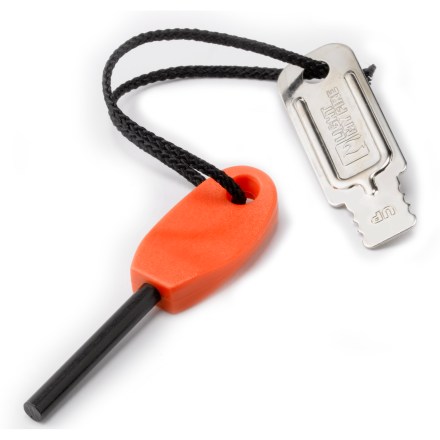
For eating utensils we have both got Alpkit Titanium Sporks. These are very lightweight, but also a lot more durable than their plastic alternatives. I have shortened them a tiny amount so they fit inside the cook pot for storage. This means that all the parts needed for cooking at eating can be fitted inside the pot when not in use.
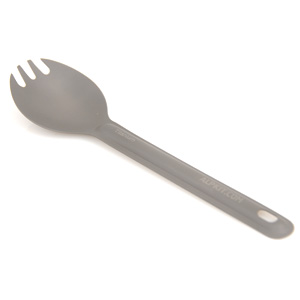
As for the knife to bring, this has been a slightly tricky choice. The sensible part in me says that the knife will mostly be used for opening packets, slicing cheese and other menial tasks. The Ray Mears in me says that I need a good, solid knife capable of wood-craft and wilderness survival.
If the first option is true, then the knife I will be taking is the Baladeo 22g. This is a tiny, foldable knife that weights a measly 22 grams. It is more than up to the task of food preparation and similar duties.
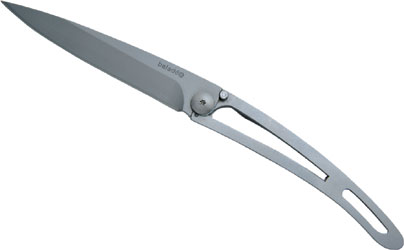
If I am to listen to my inner Ray Mears and go for a bush-craft capable knife, then I will be taking my EKA Nordic H8 knife. This is heavier than the Baladeo 22g at 118 grams. But it also has the benefit of being made from much better Sandvik 12C27, high carbon stainless steel which will hold its edge much better. Is also a full tang knife with a wide blade, so can actually be used for thing like splitting logs and other heavier duty chores that the Baladeo simply couldn’t do.
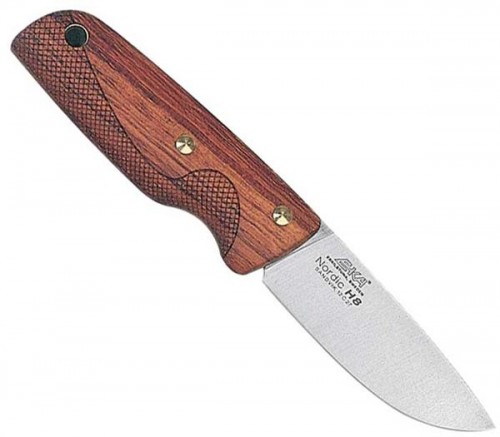
Is it worth the extra weight? That I have yet to decide!
This whole hike is hopefully going to reinforce what is important in life and how little materials items we need to live. But one thing that we all need, whether on a hike or not is water. It is the stuff of life, and without it we would die. Simple as that! So with such importance, and the fact that we will be crossing deserts where the water sources will be few and far between, we need a good way of carrying water.
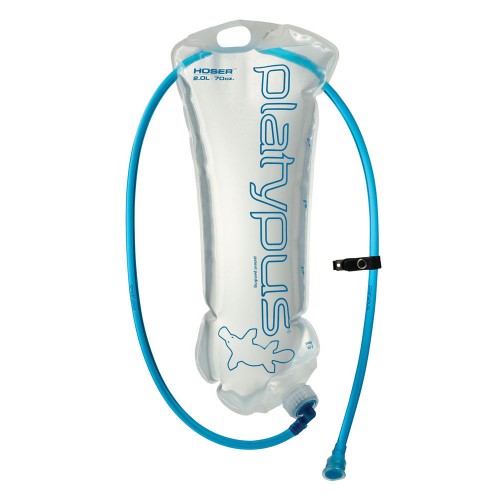
The majority of our water will be carried in 4x 3 litre Platypus Hoser bladders. This gives us potential to carry up up to 6 litres of water each for drinking, cooking and cleaning. Hopefully we won’t need to carry this much very often as it mean carrying a lot of weight, but as water is so important, we don’t want to run out!
We have removed the hydration hose on two of the Platypus Hoser bladders, and replaced them with screw caps. As we will only be using one bladder at a time with a hydration hose, removing the extra hoses saves a fair amount of weight. We will be keeping the spare hoses and replacements if the in use ones get too dirty.
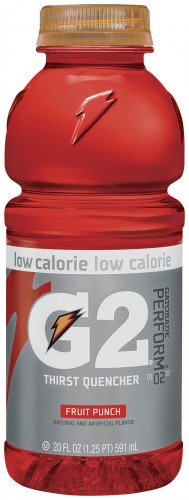
We will also be carrying a couple of Gatorade bottles. These are cheap and light weight bottles, but have the benefit of a wide neck. We will be using these for whenever we want to mix anything into our water, such as electrolytes or flavourings as it is much easier to mix in a bottle than in a bladder.
Although water is the stuff of life, it is also unfortunately not always safe to drink straight from it’s source. There are a number of thinks than can make water dangerous, from fertilizer pollution, contamination from dead animals to bacterial or viral contamination. By far the most common danger is Giardia lamblia which is a microbe that can cause Giardiasis. This results in nausea, vomiting, diarrhoea and a whole host of other unpleasant symptoms. In order to make water safe, it needs to be treated. There are a number of treatment options out there, some more effective than others.
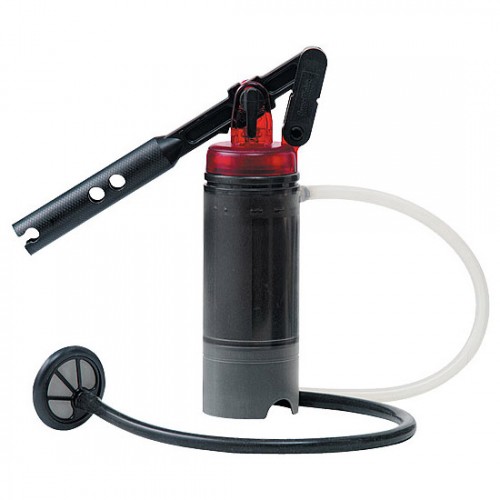
We are planning on mainly using a MSR Sweetwater pump filter. This works by manually pumping water through a 0.2 micron filter to remove any bacteria or microbes. It includes a prefilter to remove any bigger bits to stop them clogging the filter. It packs down fairly small and can filter a large amount of water quickly. It is a little heavier than some options, but is easy to use.
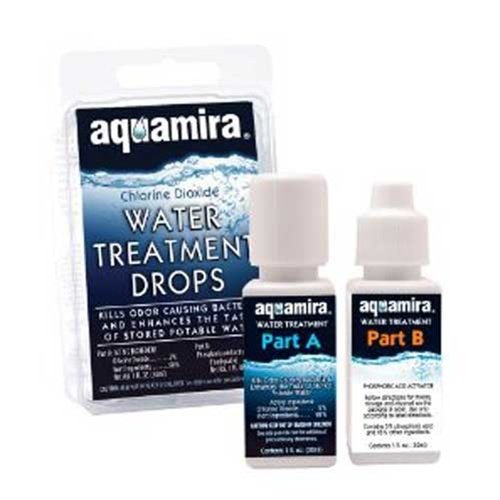
As a backup to the MSR Sweetwater, we are also bringing Aqua Mira chemical water treatment. This works by mixing two chemicals together, than adding it to the water. Leave it to stand for a while and it kills any microbes in the water. We are brining this incase the pump filter breaks, but also as extra insurance in case we have to drink any particularly bad water. A lot of people bring just Aqua Mira, so depending on how we get on, we may end up just getting more Aqua Mira and dump the pump filter.
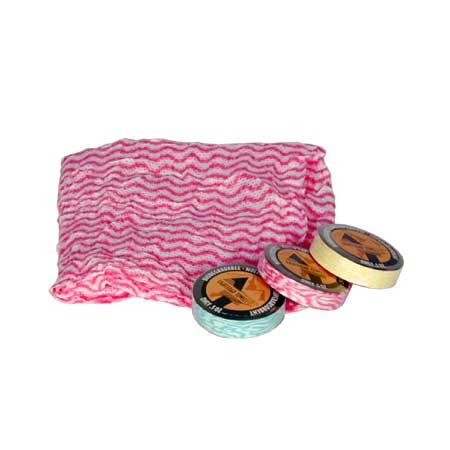
Once we have eaten and re-hydrated ourselves, we still have the usual chores left of cleaning up the dishes. Fortunately there won’t be much to wash up, but when we do we will be using Dr Bronner’s bio-degradable liquid soap (See the lotions and potions post), then drying everything with ultra light weight lightload towels. These towels are highly absorbent cloths that pack down into harly any space at all.
So there you have it, we have everything we need to cook a good meal, but will be leaving the kitchen sink behind. I’m sure we will still miss a few home comforts though, and much of the talk on the trail will turn to what food we miss the most. A good excuse to gorge ourselves in resupply towns!
Hi Sarah and Ali,
Thanks for leaving the comment, it was a pleasant surprise as I had only told 2 people of the sites existence so far. When do you plan to start your hike? I will be flying out on the 23rd and have a lift to the trail head on the 24th. I plan on sleeping the jet lag off in the dessert or at Lake Morena. Will you be attending the kick off? Looks like we picked a good year as the snow levels are only 30% of the average.
Only 3 weeks of training left!
Hey Matt
Good to hear from you. We found you via the registration list for the ADZPCTKO. We fly out on 20th April, staying in San Diego til 26th and will arrive at KO on the 27th (our first wedding anniversary!). We’ve almost gone into holiday mode now rather than training mode…hoping we get our trail legs fairly quickly! If you want to ‘chat’ more drop us an e-mail (contact@afowler.co.uk) or find us on Facebook. There’s a really useful group on there full of PCT hikers doing the trail this year. Take care and will look forward to meeting you! 🙂